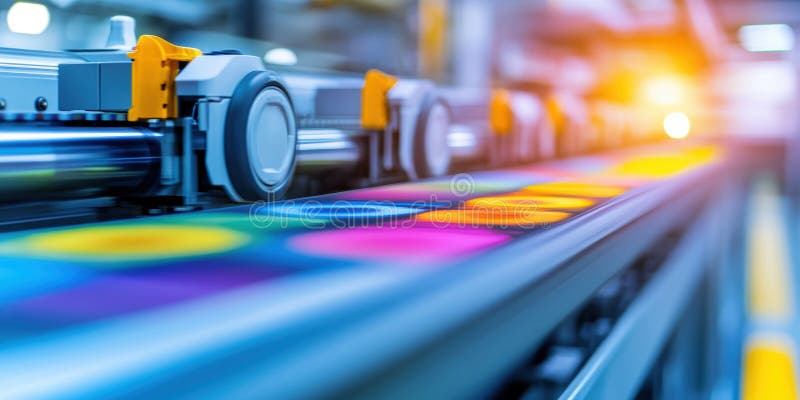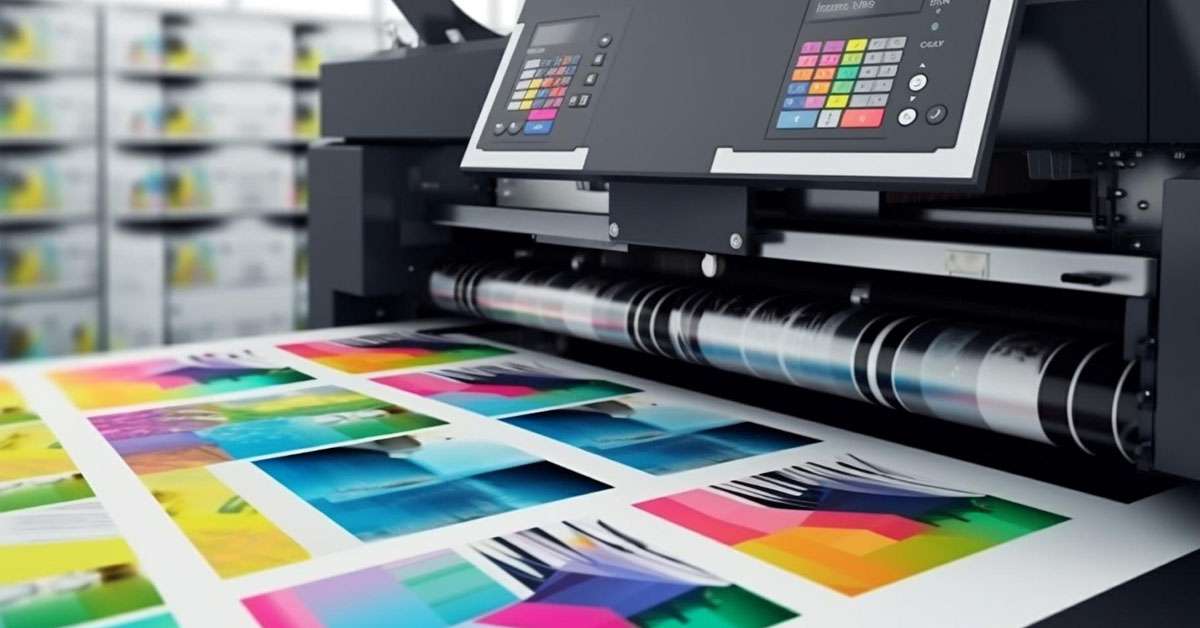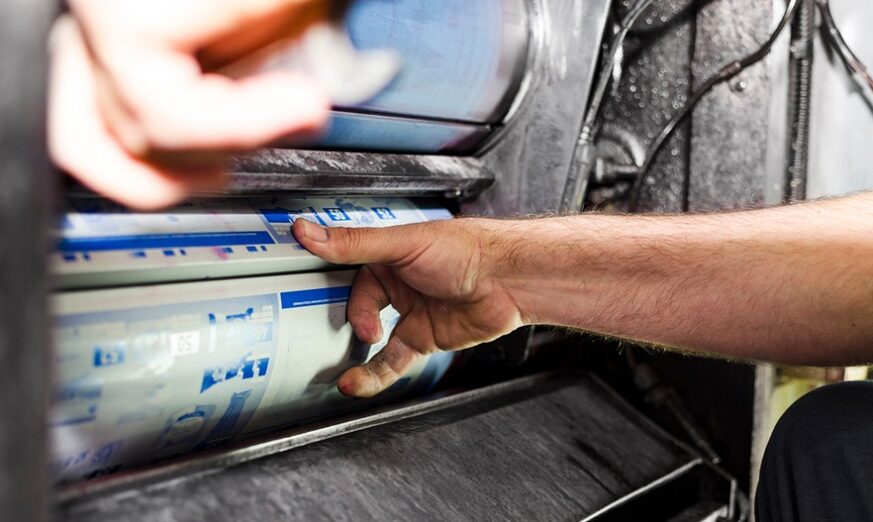In today’s digital age, the value of traditional printing methods like offset printing remains significant, especially for non-commercial purposes. Whether you’re a hobbyist, an artist, or part of a community organization, understanding the benefits and applications of offset printing can be incredibly beneficial. This technique, known for its high-quality prints and cost-effectiveness for bulk items, plays a crucial role in various non-commercial activities.

What is Offset Printing?
Offset printing is a widely used printing technique where the inked image is transferred (or ‘offset’) from a plate to a rubber blanket, then to the printing surface. This method is known for producing consistent high-quality images and is ideal for large volumes of prints. It is often chosen for projects that require detailed and vibrant color outputs.
Benefits of Offset Printing for Non-Commercial Use
The benefits of using offset printing for non-commercial purposes are numerous. It offers high-quality print, cost efficiency for large print runs, and flexibility in materials and finishes. This makes it an excellent choice for community newsletters, event posters, or personal art projects where quality and quantity are both essential.
High-Quality Output
One of the main advantages of offset printing is its ability to produce high-quality images that are sharp and vibrant. This is particularly important for projects like community newsletters or artistic prints where image clarity is crucial.
Cost-Effective for Bulk Printing
For non-commercial projects, budget is often a concern. Offset printing becomes more cost-effective as the volume of prints increases, making it ideal for large-scale projects such as product catalogs or community flyers.
Versatility in Material
Offset printing can be done on a wide range of surfaces, including paper, cardboard, and even plastic. This versatility makes it suitable for diverse non-commercial uses, from business cards to eco-friendly packaging solutions.
Applications of Offset Printing in Non-Commercial Contexts
Community Projects
Offset printing is perfect for community initiatives such as newsletters, event posters, and informational brochures. These projects benefit from the high-quality and cost-efficient nature of offset printing, ensuring that community messages are conveyed clearly and effectively.
Artistic Endeavors
For artists, offset printing provides a means to reproduce artwork in bulk without compromising quality. This is particularly beneficial for limited edition prints, art books, and promotional materials.
Educational Materials
Educational institutions often require large quantities of printed materials. Offset printing is ideal for producing textbooks, workbooks, and other learning resources efficiently and economically.
Comparing Offset Printing with Digital Printing
While both offset and digital printing have their merits, choosing between them depends on the specific needs of the project. Offset printing is generally more cost-effective for high-volume projects and offers superior print quality. However, digital printing is better suited for smaller runs and projects requiring quick turnaround times. For a detailed comparison, you can visit Offset vs Digital Printing.
Eco-Friendly Printing: A Step Towards Sustainability
As sustainability becomes increasingly important, many turn to offset printing for its eco-friendly advantages. The use of soy-based inks and recycled paper in offset printing helps reduce environmental impact. Additionally, its efficiency in large print runs means less waste of materials.
Offset Printing for Eco-Conscious Brands
Brands focused on sustainability often choose offset printing for their packaging and promotional materials. This method supports eco-friendly practices by using biodegradable inks and sustainable paper sources, making it an excellent choice for eco-conscious brands.
How to Get Started with Offset Printing for Non-Commercial Use
Getting started with offset printing requires understanding your project’s specific needs and working with a reliable printing service. Considerations include the type of material, the volume of print, and the desired finish. It’s important to collaborate closely with your printing service to ensure your vision is realized effectively.
Choosing the Right Printing Partner
Selecting a printing partner who understands the nuances of offset printing is crucial. Look for services with a proven track record in handling non-commercial projects and a commitment to quality and sustainability.
Conclusion
Offset printing remains a valuable tool for non-commercial projects, offering high-quality, cost-effective, and versatile printing solutions. Whether you’re engaging in community activities, artistic endeavors, or educational projects, offset printing provides the means to produce outstanding printed materials.

FAQs
1. What are the main benefits of offset printing?
Offset printing offers high-quality image reproduction, cost-effectiveness for large print runs, and versatility in printing materials. It’s ideal for bulk projects that require consistent quality.
2. Is offset printing eco-friendly?
Yes, offset printing can be eco-friendly, especially when using soy-based inks and recycled paper. Its efficiency in large print runs also contributes to less material waste.
3. How does offset printing compare to digital printing?
While offset printing is more cost-effective for large volumes and offers superior print quality, digital printing is better suited for smaller runs and faster turnaround times. Each has its own advantages depending on the project requirements.
This article contains affiliate links. We may earn a commission at no extra cost to you.







